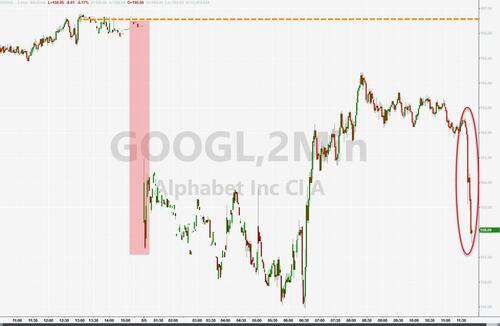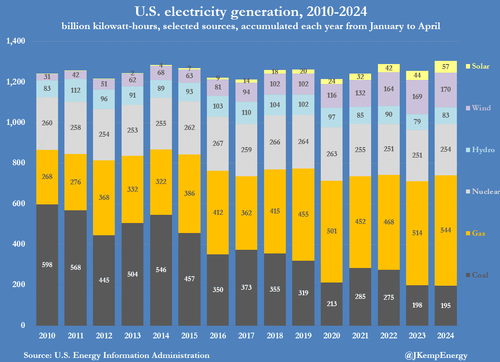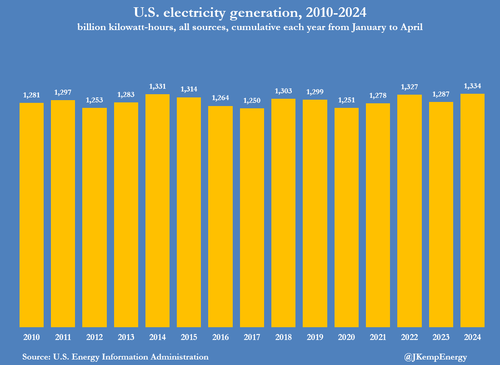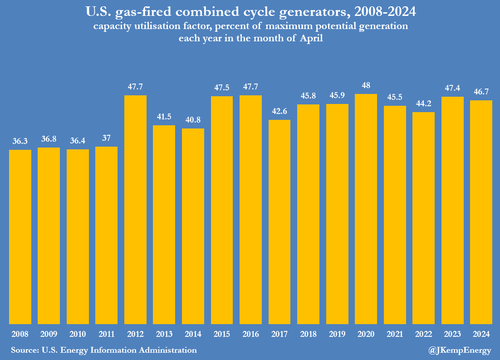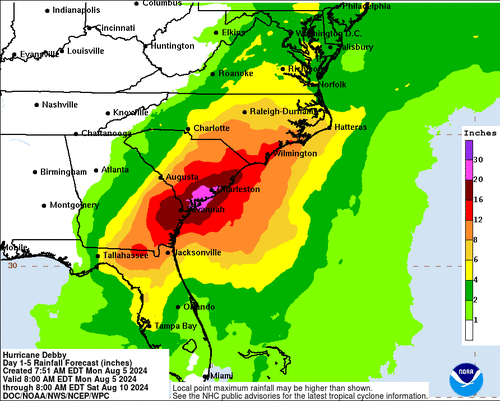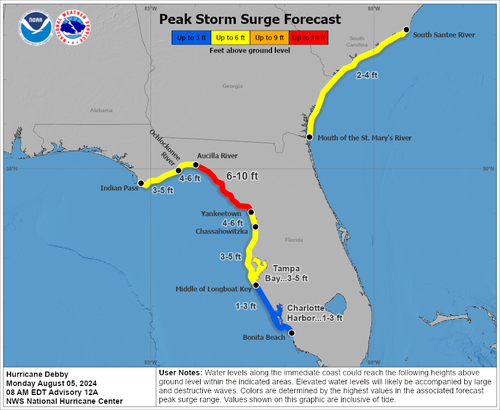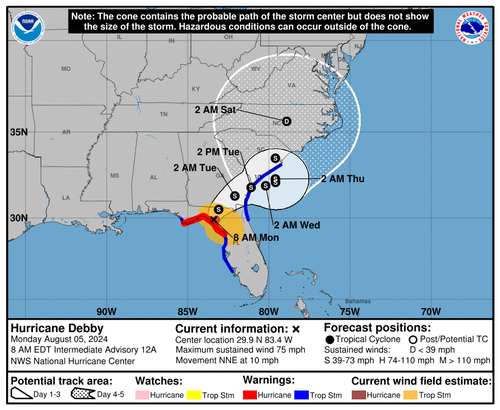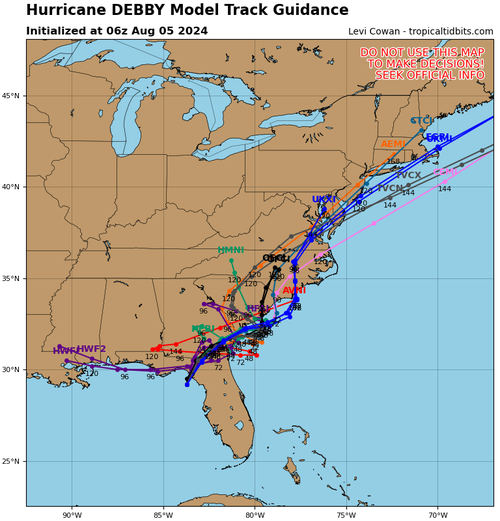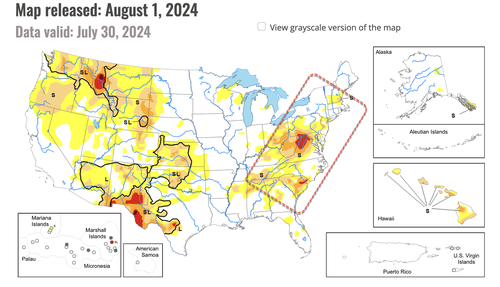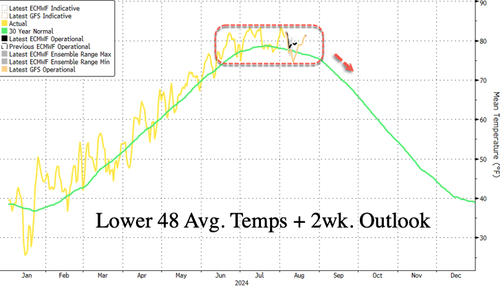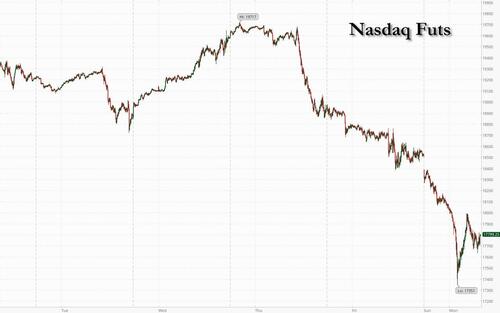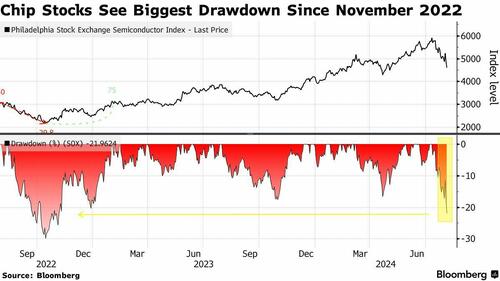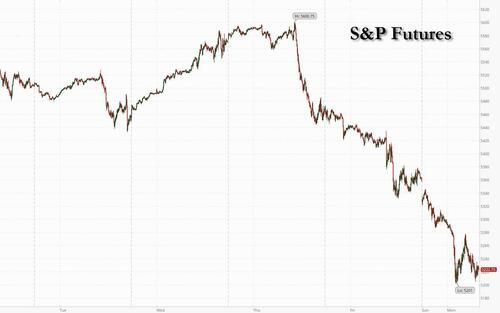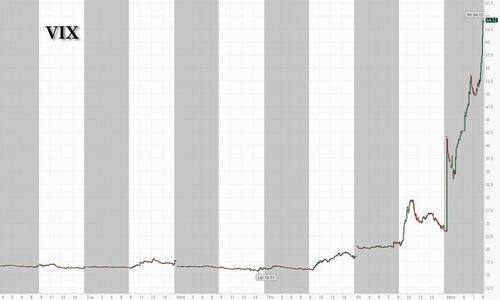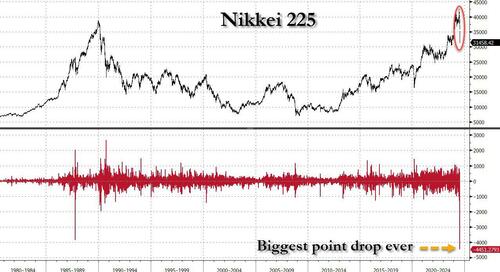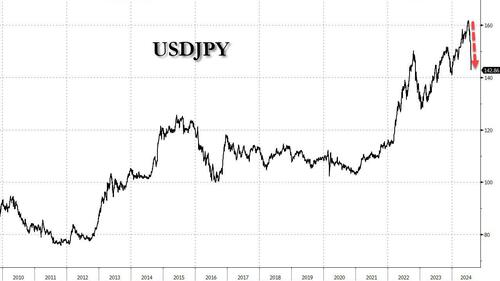Former Secret Service Chief Wanted To Destroy Cocaine Evidence
Authored by Susan Crabtree via RealClearPolitics,
Former Secret Service Director Kimberly Cheatle and others in top agency leadership positions wanted to destroy the cocaine discovered in the White House last summer, but the Secret Service Forensics Services Division and the Uniformed Division stood firm and rejected the push to dispose of the evidence, according to three sources in the Secret Service community.
Multiple heated confrontations and disagreements over how best to handle the cocaine ensued after a Secret Services Uniformed Division officer found the bag on July 2, 2023, a quiet Sunday while President Biden and his family were at Camp David in Maryland, the sources said.
At least one Uniformed Division officer was initially assigned to investigate the cocaine incident. But after he told his supervisors, including Cheatle and Acting Secret Service Director Ron Rowe, who was deputy director at the time, that he wanted to follow a certain crime-scene investigative protocol, he was taken off the case, according to a source within the Secret Service community familiar with the circumstances of his removal.
Secret Service spokesman Anthony Guglielmi did not immediately return RCP’s request for comment.
The discovery of the bag of cocaine posed an unusual problem for Cheatle, who resigned in the face of bipartisan pressure after the July 13 assassination attempt against Donald Trump.
Hunter Biden had a well-documented addiction to cocaine, crack cocaine, and other substances for many years but repeatedly claimed to be sober since 2021, an assertion that has prompted President Biden to often proclaim how “proud” he is of his son. While neither Joe nor Hunter Biden were at the executive mansion when the cocaine was found, it was discovered after a period when Hunter had been staying there.
Cheatle became close to the Biden family while serving on Vice President Joe Biden’s protective detail – so close that Biden tapped Cheatle for the director job in 2022, in part because of her close relationship to first lady Jill Biden.
When the cocaine was first discovered, Cheatle apparently knew it would spark a media firestorm. The incident prompted viral memes about Hunter Biden’s addictions and accusations from Republican political figures, including Nikki Haley, that the Secret Service knew whose cocaine it was and was trying to cover it up.
Normally, the discovery of cocaine or another illegal narcotic in the White House complex or in and around the first family and their staff wouldn’t come to light at all.
That’s because the president’s and first lady’s, as well as family members’ protective Secret Service details, the inner-most ring of protective agents assigned to the first family, would simply dispose of illegal drugs or other “contraband” found in the White House, personal residences, or other private areas of the president, his family, and White House staff, according to three sources in the Secret Service community.
But it wasn’t a member of President Biden’s regular detail who found the bag of cocaine just two days before the July 4 holiday last year. Instead, a member of the agency’s Uniformed Division, which is charged with protecting the facilities and venues for presidents and other agency protectees, discovered the substance in the White House complex while conducting routine rounds of the building.
The exact location where the officer found the bag changed several times during the first weeks of media reports on the incident. Initial reports said the cocaine was found in a reference library. Later reports indicated it was in a “work area” of the West Wing, which is attached to the mansion that houses the president and his family, the Oval Office, the cabinet room, the press briefing room, and offices for staff. CBS News, citing law enforcement sources, then reported it was found in a facility used by White House staff and guests to store phones.
An official Secret Service statement, issued at the conclusion of the agency’s internal investigation into the cocaine discovery, said a Uniformed Division officer found the bag in a “vestibule leading to the lobby area of the West Executive Avenue entrance to the White House,” a well-trafficked area used on the weekend for White House tours. That statement was released on July 13, eleven days after the cocaine’s discovery.
The officer who first found the bag with a white substance immediately flagged it as a potentially hazardous substance, worried that the bag of white power could contain deadly anthrax or ricin.
A Technical Security Division, or TSD, investigator would normally be deployed to the scene. These investigators, sometimes wearing hazmat suits, can identify different types of hazardous substances and explosives and work to quickly remove or defuse them. However, the TSD investigator was not called in on a Sunday evening of a holiday weekend. Instead, a Secret Service officer or agent called in the District of Columbia Fire and Emergency Medical Service Department, who evacuated the White House complex while they tested the white substance on site, determining it was cocaine.
Because the press was part of the evacuation, there was no way to hide the information about the discovery, and the Secret Service leaders quickly shifted to crisis communications mode. Meanwhile, the substance and packaging were treated as evidence and sent to the U.S. Department of Homeland Security’s National Biodefense Analysis and Countermeasures Center, which again analyzed it for biothreats. Those tests also came back negative for hazardous material.
Then, the Secret Service sent the plastic bag and its contents to the Federal Bureau of Investigation’s crime laboratory for fingerprint and DNA analysis. While there were no latent fingerprints detected, the FBI lab found some DNA material, according to three sources in the Secret Service community. Several sources, citing private statements by a special agent in the Forensics Services Division who supervised the vault containing the cocaine evidence, said the agency ran the DNA material against national criminal databases and “got a partial hit.” The term “partial hit” is vague in this context, but in forensics lingo usually means law enforcement found DNA matching a blood relative of a finite pool of people.
“The Congressional oversight committees need to put White under oath and confirm the ‘partial hit,’” a source told RCP. “Then the FBI needs to explain who the partial hit was against, then determine what blood family member has ties to the White House or what person matching the partial hit was present at the White House that weekend.”
Other sources familiar with the investigation and Cheatle’s alleged push to destroy the cocaine didn’t know if anyone at the Secret Service ran the DNA material found on the cocaine against a national criminal database. In January, federal prosecutors urged a judge to reject Hunter Biden’s efforts to dismiss gun charges against him, revealing that investigators last year discovered cocaine residue on the pouch the president’s son used to hold his gun. In June, a 12-member jury found Hunter Biden guilty on charges related to his purchase and possession of the firearm while he was addicted to crack cocaine.
But Secret Service leaders, under pressure from Cheatle and other top agency officials, chose not to run additional searches for DNA matches or conduct interviews with the hundreds of people who work in the White House complex.
“That’s because they didn’t want to know, or even narrow down the field of who it could be,” a source stated. “It could have been Hunter Biden, it could have been a staffer, it could have been someone doing a tour – we’ll never know.”
During the feverish speculation in the days and weeks after the cocaine’s discovery, the White House refused to answer whether the cocaine came from a Biden family member and labeled as “irresponsible” reporters who asked about a possible link to Hunter or another Biden family member.
In announcing the conclusion of its investigation into the cocaine incident, Secret Service spokesman Anthony Guglielmi said the agency determined that interviewing all 500 people could be a strain on resources, might infringe upon civil liberties, and would likely be fruitless without corresponding physical evidence tying any person to the drugs.
“On July 12, the Secret Service received the FBI’s laboratory results, which did not develop latent fingerprints, and insufficient DNA was present for investigative comparisons,” Guglielmi said. “Therefore, the Secret Service is not able to compare evidence against the known pool of individuals.”
“There was no surveillance video footage found that provided investigative leads or any other means for investigators to identify who may have deposited the found substance in this area,” Guglielmi continued. “Without physical evidence, the investigation will not be able to single out a person of interest from the hundreds of individuals who passed through the vestibule where the cocaine was discovered.”
“At this time, the Secret Service’s investigation is closed due to a lack of physical evidence,” the spokesman added. “The U.S. Secret Service takes its mission to protect U.S. leaders, facilities, and events seriously, and we are constantly adapting to meet the needs of the current and future security environment.”
Over the last month as the agency has come under fire for a series of mistakes leading to an assassination attempt against Trump, Guglielmi has been forced to correct a previous press statement that the agency did not deny repeated requests for additional security assets from the former president’s staff in the months leading up to the assassination attempt.
It’s unclear exactly when Cheatle and other top officials tried to persuade the Forensics Services Division to destroy the evidence. At some point during the investigation, Matt White, the vault supervisor, received a call from Cheatle or someone speaking on her behalf asking him to destroy the bag of cocaine because agency leaders wanted to close the case, according to two sources in the Secret Service community.
“Protocol is, whether you act on the [DNA] hit or not, we still have to maintain evidence for a period of up to seven years,” a source told RCP. “It became a big to-do.”
White’s boss, Glenn Dennis, the head of the Forensics Services Division, then conferred with the Uniformed Division, which first discovered the cocaine.
“A decision was made not to get rid of the evidence, and it really pissed off Cheatle,” a source in the Secret Service community said in an interview.
At the time of the cocaine’s discovery, Richard Macauley was serving as the acting chief of the Uniformed Division after the recent retirement of Alfonso Dyson Sr., a 29-year veteran of the agency. When Dyson left his position, Macauley, who is black, became the acting director. Despite Cheatle’s push to hire and promote minority men and women, Macauley was passed over for the job of Uniformed Division chief in what many in the agency view as an act of retaliation for supporting those who refused to dispose of the cocaine, according to several sources in the Secret Service community.
In 2018, Macauley was named the Secret Services Uniformed Division Officer of the Year. In an interview with Federal News Network, a news talk show focused on issues of interest to federal government workers, a host lauded Macauley for receiving the award and credited him with tightening operations, increasing diversity, boosting officer training, and improving working conditions, “all while taking care of his own shift operations.” Macauley would go on to serve one year, from February 2022 to January 2023, as deputy assistant sergeant at arms at the U.S. House of Representatives.
Susan Crabtree is RealClearPolitics’ national political correspondent.
Tyler Durden
Mon, 08/05/2024 – 15:20
via ZeroHedge News https://ift.tt/xt4IEZU Tyler Durden

